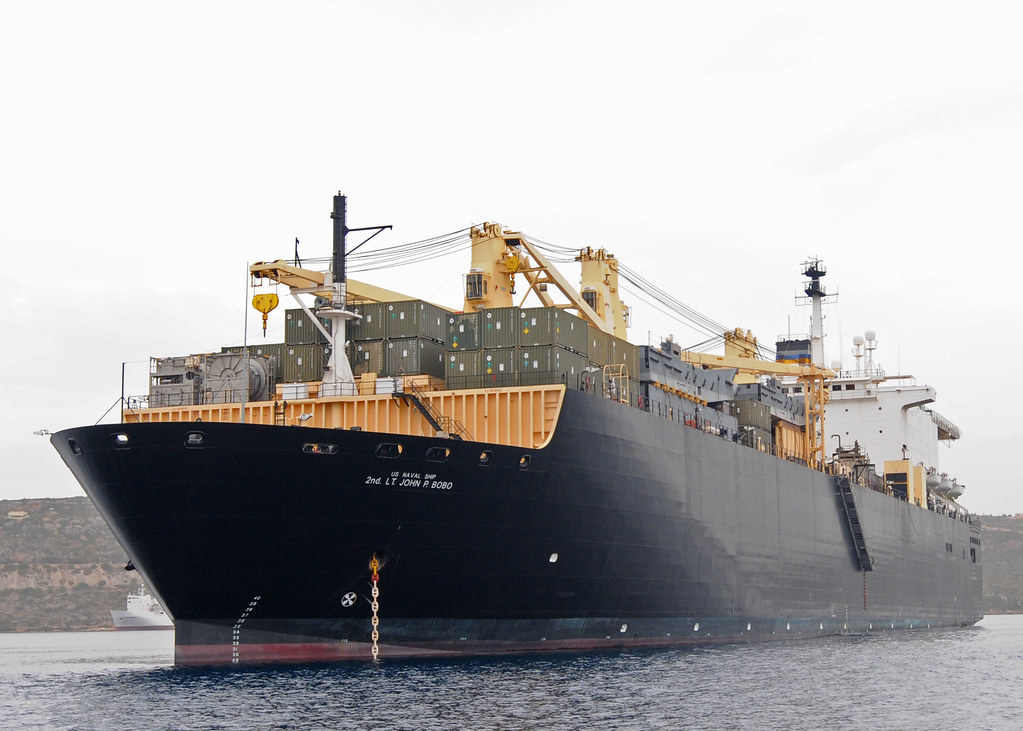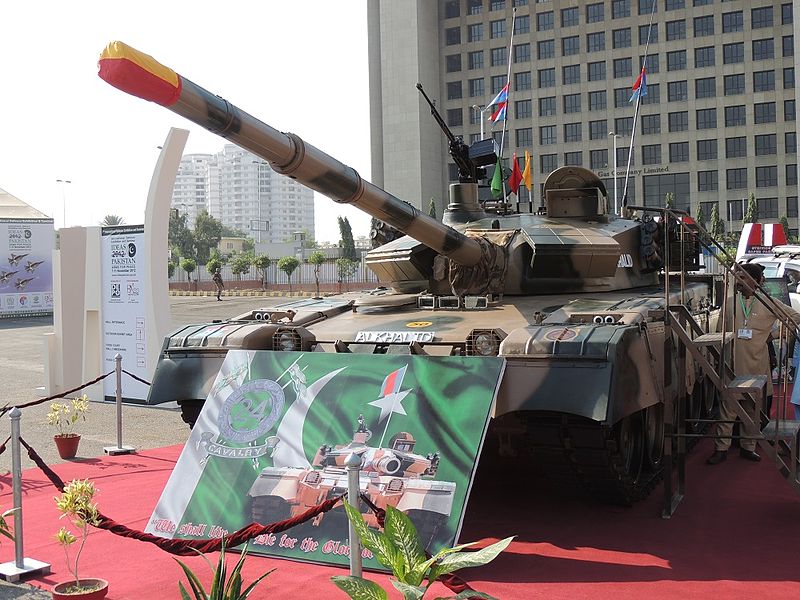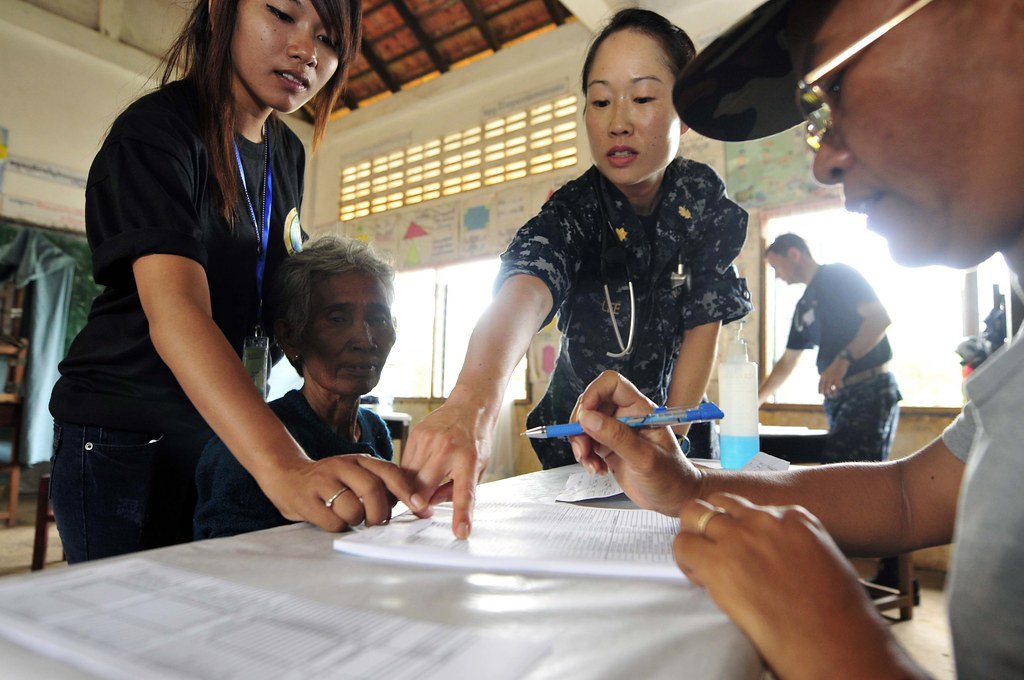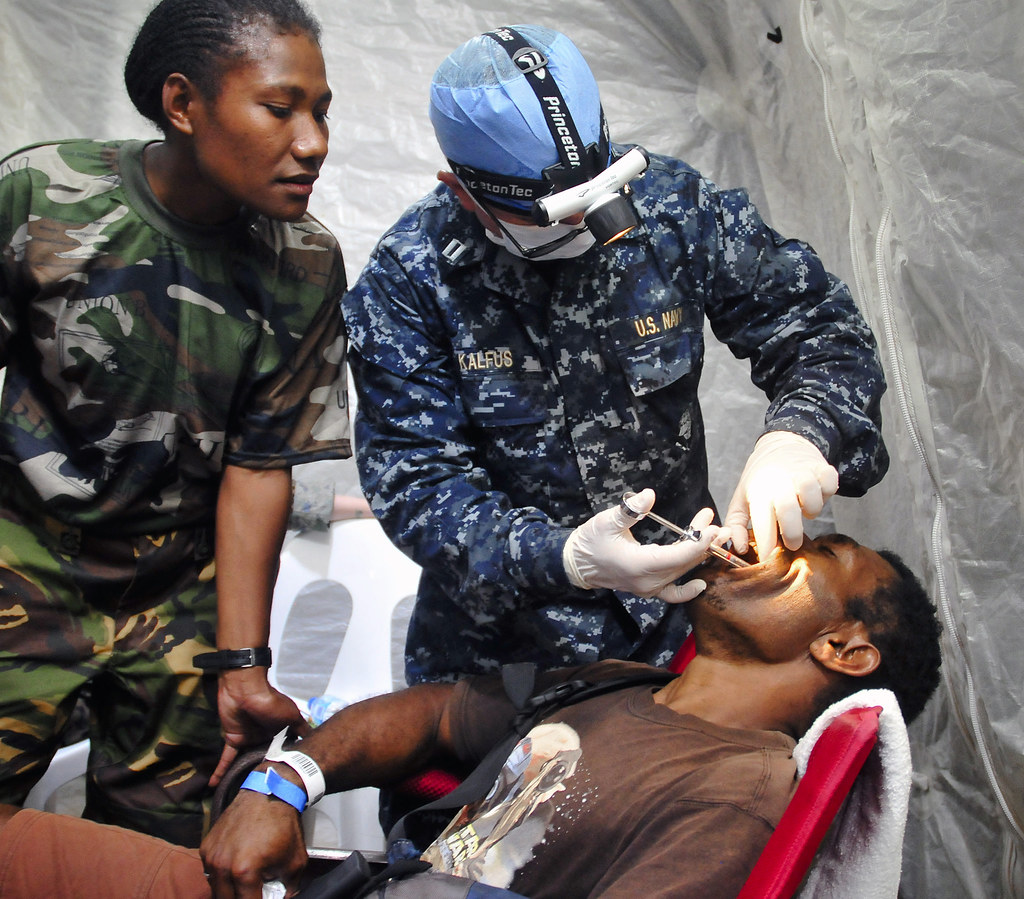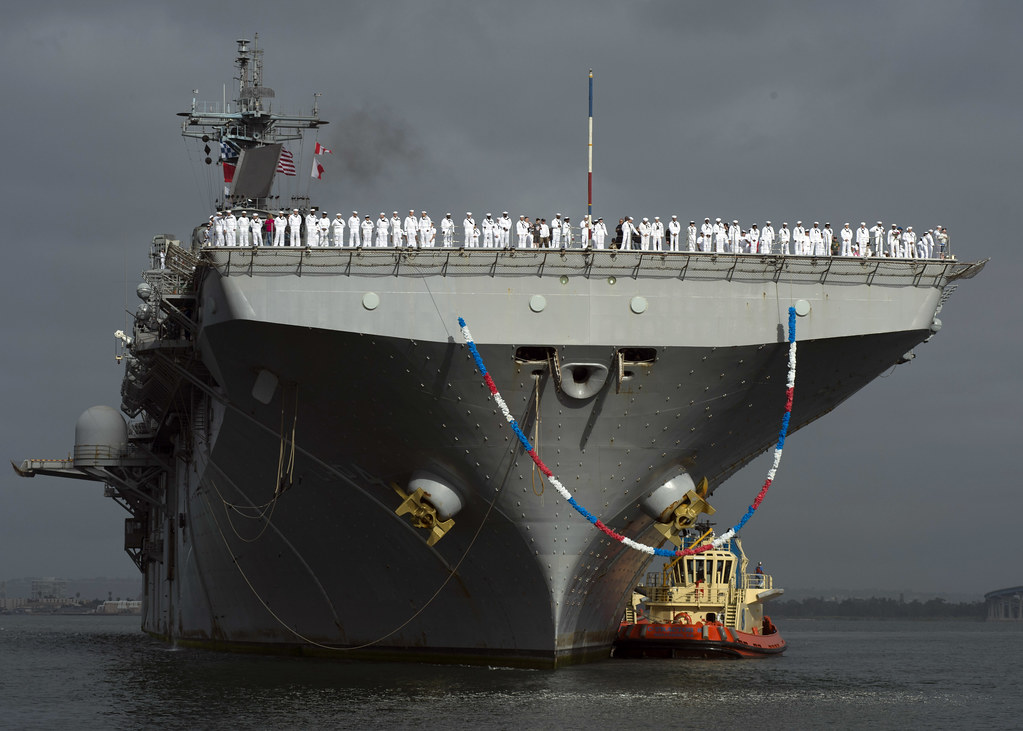The Assistant Minister for Defence, Stuart Robert MP, together with South Australian Senator David Fawcett spent the afternoon speaking to local business and community leaders about Army’s LAND 400 Combat Vehicle program at the historic Adelaide Oval.
“The LAND 400 program is the Australian Army’s largest, most expensive and most complex combat vehicle program and will provide Army with an essential capability for future land operations,” Mr Robert said.
“I am very pleased to be in Adelaide with David to talk to over 140 local leaders, industry representatives and Defence SA about Army’s LAND 400 Combat Vehicle program and the significant opportunities it could bring to South Australia.”
LAND 400 will allow for the retirement of Australia’s current armoured vehicles including the Australian-Light Armoured Vehicles (ASLAV) and the armoured personnel carriers (M113-AS4) in line with their expected Life of Type, as well as providing new armoured manoeuvre support vehicles.


